Best Home Equity Line of Credit (HELOC) Rates for August 2024


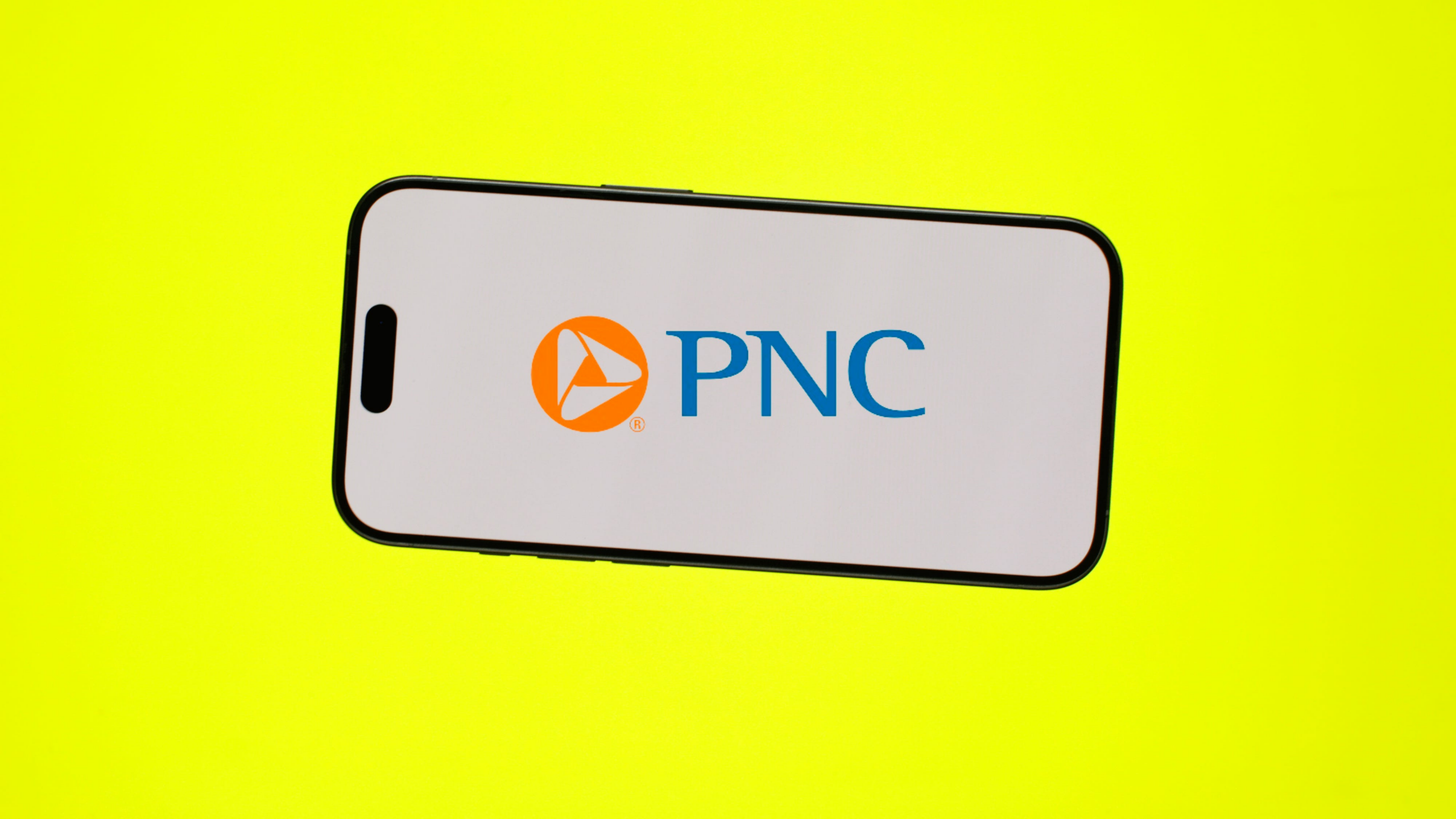




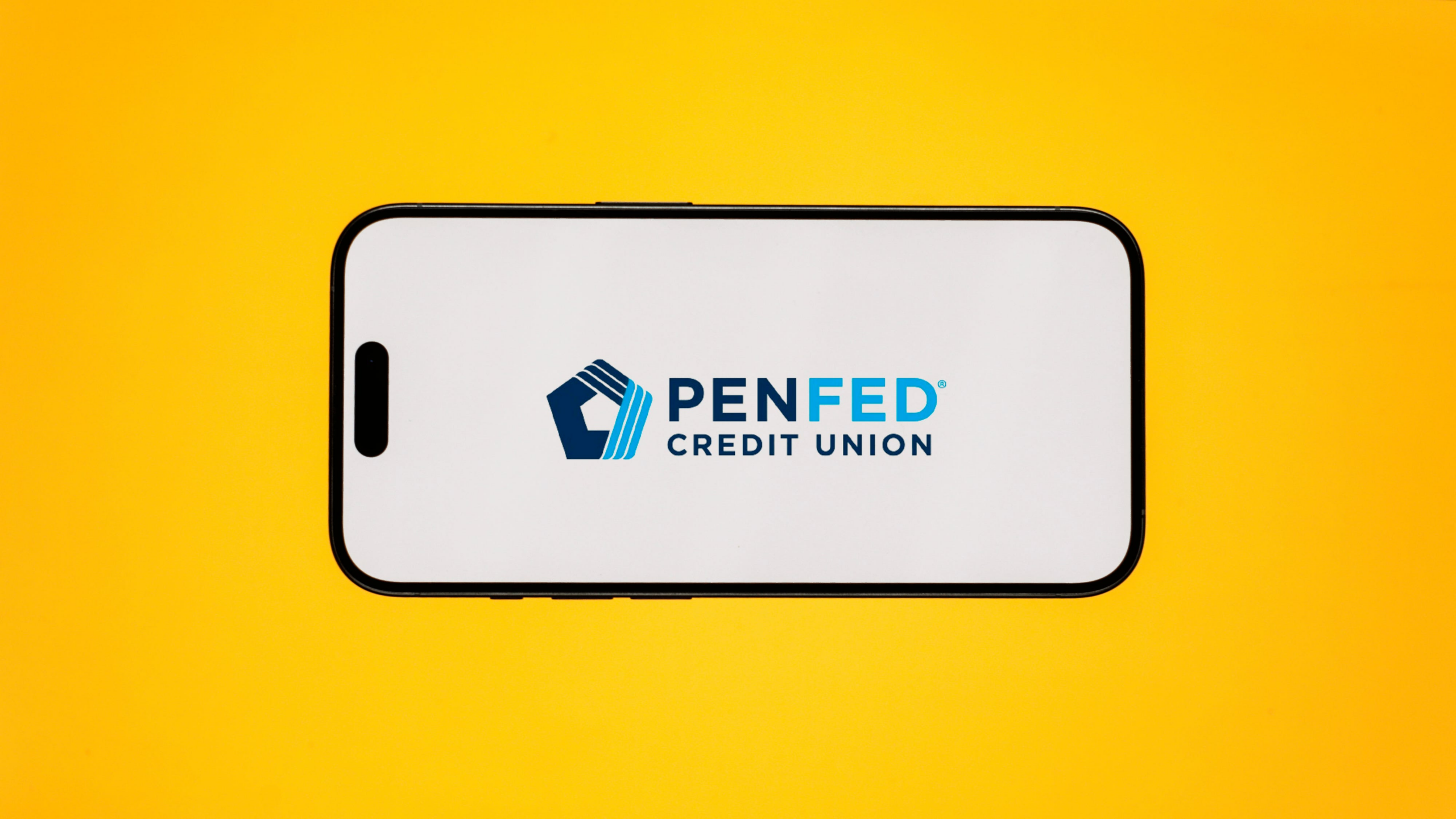
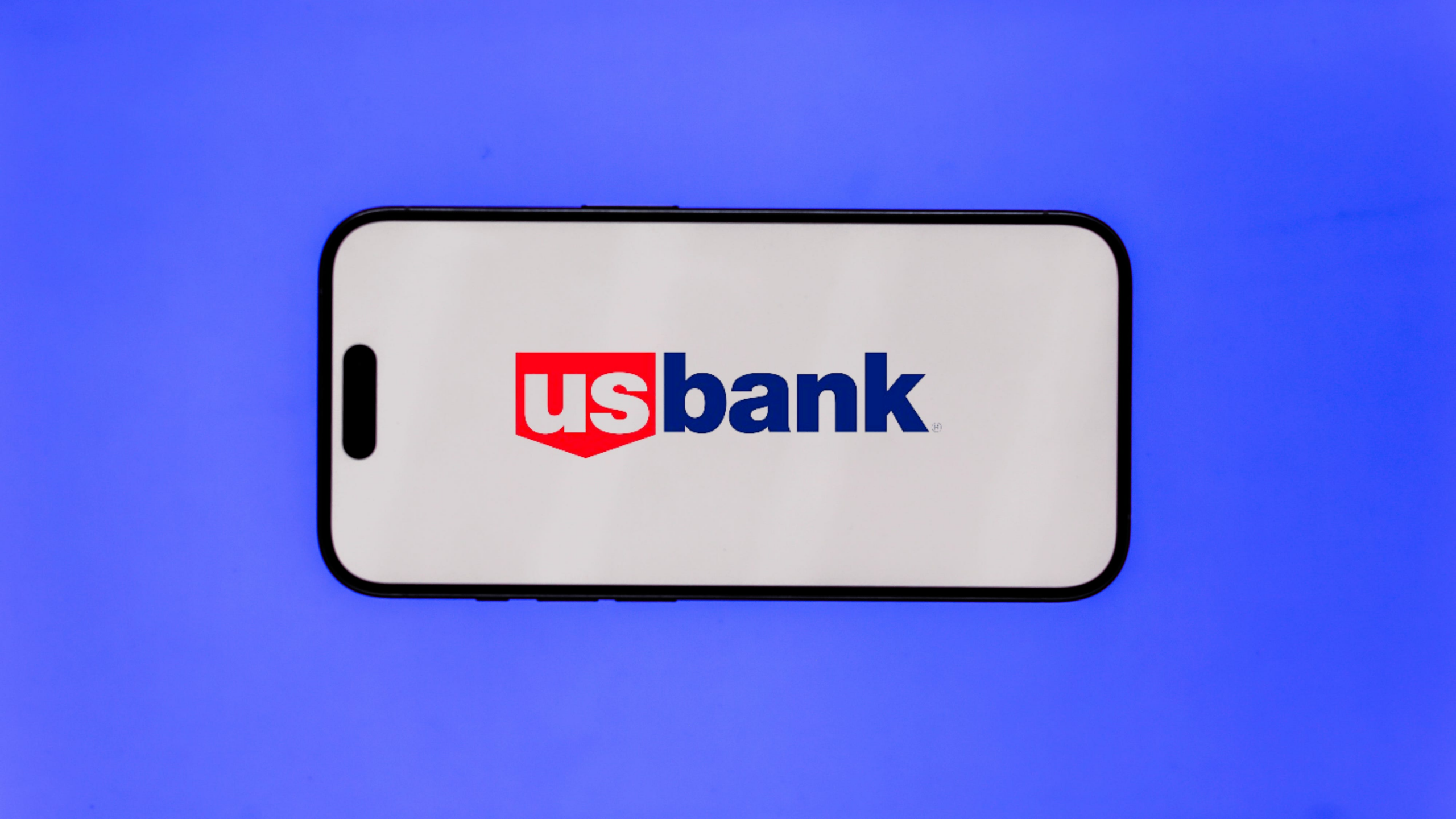
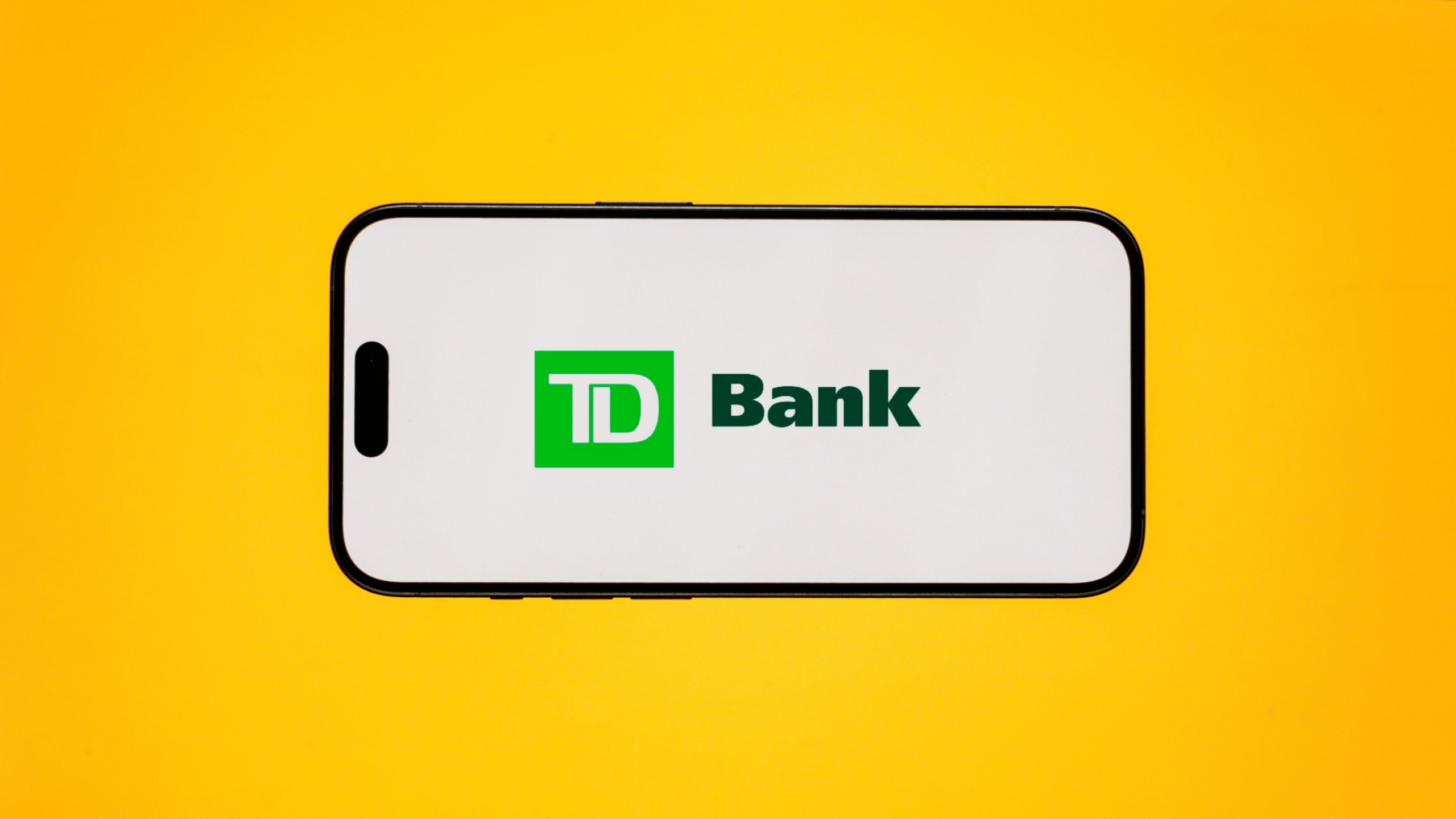




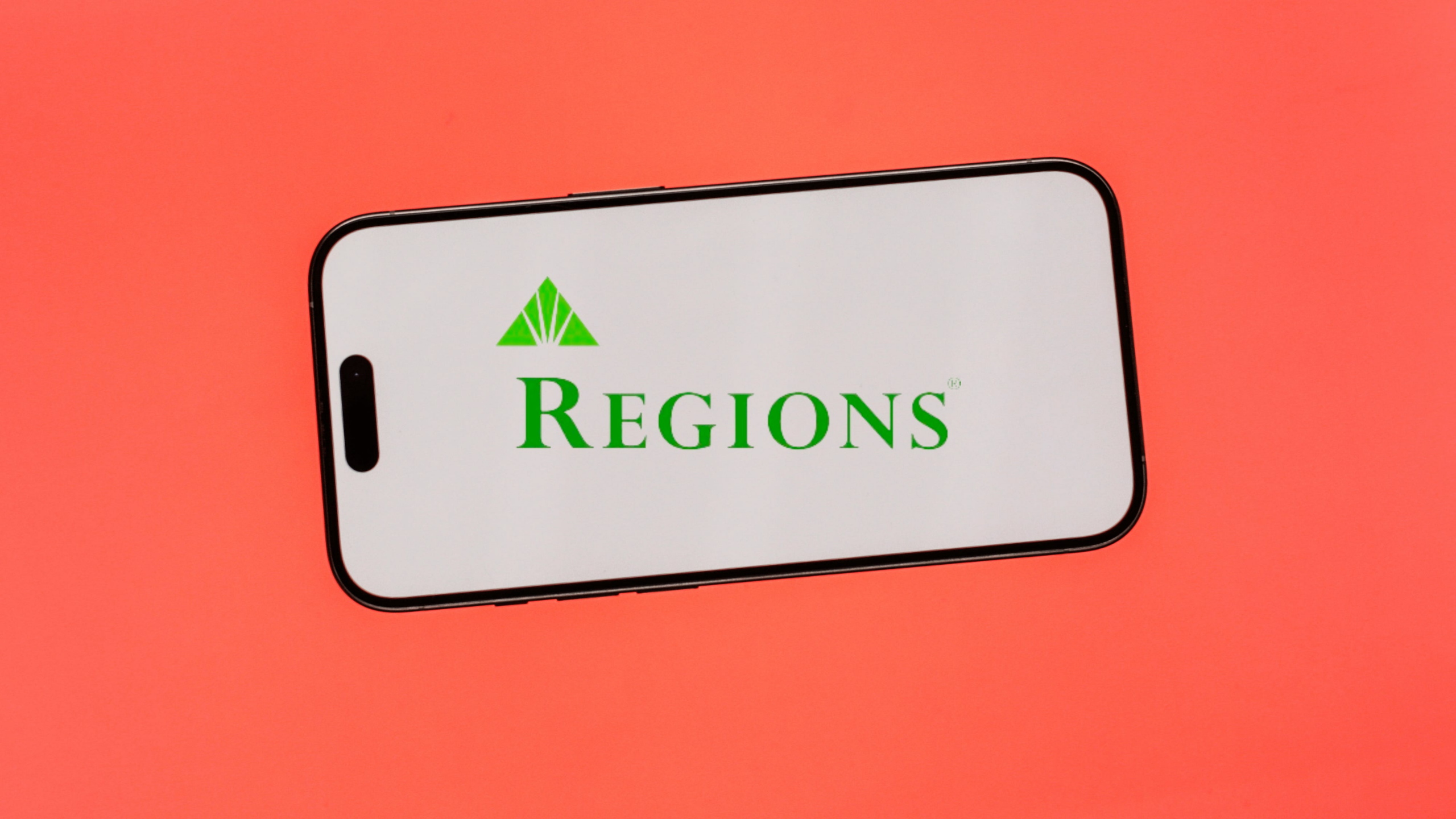

A home equity line of credit (HELOC) gives homeowners with at least 15% to 20% equity access to flexible financing.
You can tap into that credit line for expenses such as home renovations or to consolidate debt. Because the credit line remains available for a long time — a typical draw period is 10 years — it’s a good way to fund ongoing home projects. A HELOC can also be a source of funding for unexpected expenses, and the interest rate you pay will be lower than a credit card.
The main drawback of a HELOC is that your home serves as collateral for the loan. If you fall behind on payments, you risk foreclosure and could lose your home.
I’ve spoken with experts about how these lines of credit work and where to find the best rates. Here’s what you need to know to determine if a HELOC is the right fit for you.
This week’s HELOC rates
Here are the average rates for home equity loans and home equity lines of credit as of Aug. 14, 2024.
| Loan type | This week’s rate | Last week’s rate | Difference |
|---|---|---|---|
| $30,000 HELOC | 9.37% | 9.37% | None |
| 10-year, $30,000 home equity loan | 8.68% | 8.72% | -0.04 |
| 15-year, $30,000 home equity loan | 8.64% | 8.69% | -0.05 |
Current HELOC rates and trends
Aggressive interest rate hikes by the Federal Reserve have directly impacted variable-rate HELOCs for more than two years, increasing the costs for borrowers. HELOC rates have been averaging above 9% since March, according to data from CNET sister site Bankrate.
That’s higher than current average mortgage rates — which are closer to 7% — but is still a better deal than other financing options like credit cards, which average upwards of 20% APR, or personal loans which average 12.35%.
Though the Fed seems to be at the end of its rate-hike cycle, HELOC rates should remain steady for a while and aren’t likely to see significant declines in the near future. The central bank is expected to make its first rate cut later this year, but the timing will depend on inflation and other economic data in the coming months.
“As rates start to decline this year, variable-rate products like HELOCs become more attractive as borrowers will be able to benefit from the rate of decreases without the need to refinance,” said Matthew Sanford, administrative vice president of mortgage lending at Skyla Federal Credit Union.
Top HELOC rates for August 2024
| Lender | APR | Introductory APR | Loan amount | HELOC terms | Max LTV |
|---|---|---|---|---|---|
| US Bank | 8.95% to 13.1% | N/A | $15,000 – $750,000, up to $1 million for properties in California | 10-year draw period, unspecified repayment period | 80% |
| TD Bank | 8.59% (0.25% TD checking account discount included) | N/A | From $25,000 | 10-year draw period, 20-year repayment period | 89.99% |
| Connexus Credit Union | From 7.56% | N/A | $5,000 – $200,000 | 15-year draw period, 15-year repayment period | Not specified |
| Spring EQ | Fill out application for personalized rates | N/A | $50,000 – $500,000 | 10-year draw period, 20-year repayment period | 90% for home equity loans, not specified for HELOCs |
| KeyBank | From 11.25% (0.25% KeyBank client discount included) | N/A | From $10,000 | 15-year draw period, 15-year repayment period | 90% |
| Third Federal | 7.99% | N/A | $10,000 – $200,000 | 10-year draw period, 30-year repayment period | 80% |
| PNC | Fill out application for personalized rates | N/A | $10,000 – $1 million | 10-year draw period, 30-year repayment period | 89.90% |
| Frost | 9.15% to 18% (0.25% autopay discount included) | N/A | From $8,000 | 10-year draw period, 20-year repayment period | 80% |
| Regions | 9% to 15.875% (Regions client discount included) | 6.99% for first six months | $10,000 – $500,000 | 10-year draw period, 20-year repayment period | 95% |
| Citizens | From 8.5% (0.25% autopay discount included) | N/A | From $5,000 | 10-year draw period, 15-year repayment period | 80% |
| BMO Harris | From 8.85% (0.50% autopay discount included) | N/A | From $10,000 | 10-year draw period, 20-year repayment period | 80% |
| Flagstar | 9.49% to 21% (0.25% autopay discount included) | N/A | $10,000 – $1 million | 10-year draw period, 20-year repayment period | 89.99% |
| Truist | 8.5% to 16% | 7.49% for 9 months | From $10,000 | 10-year draw period, 20-year repayment period | 85% |
| Figure | From 8.2% | N/A | $15,000 – $400,000 | Five, 10, 15 or 30 years | 95% |
| PenFed Credit Union | From 8.375% | N/A | $25,000 – $1 million | 10-year draw period, 20-year repayment period | 90% |
Comparing the best HELOC lenders for August 2024
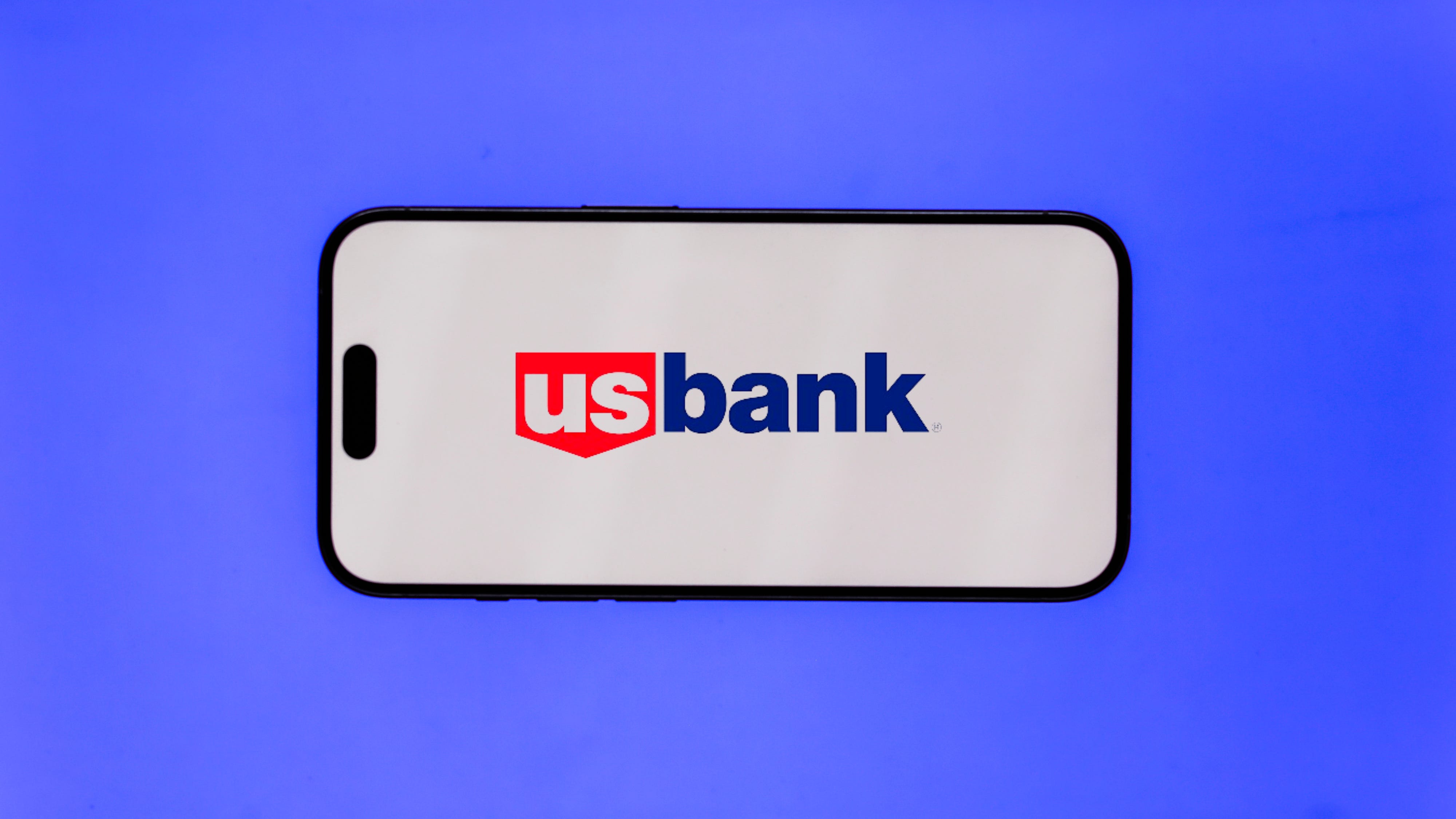
U.S. Bank
Good for nationwide availability
U.S. Bank offers both home equity loans and HELOCs in 47 states, with the option of interest-only HELOCs for qualified borrowers. You also have the option to lock all or part of your outstanding HELOC balance into a fixed-rate option during your draw period.
You can apply for a home equity loan or HELOC through an online application, by phone or by visiting a U.S. Bank branch in person.
- APR: 8.95% to 13.1%
- Introductory APR: N/A
- Max LTV ratio: 80%
- Loan amount: $15,000 to $750,000 (up to $1 million for properties in California)
- Terms: 10-year draw period, unspecified repayment period
- Fees: There are no closing costs on HELOCs from U.S. Bank, but you’ll be charged an early closure fee of 1% of the line amount ($500 max) if you close your HELOC within 30 months of opening. HELOC borrowers may be charged an annual fee of up to $75, which can be waived with a U.S. Bank Platinum Checking Account.
- Perks: You have the option to lock all or part of your outstanding HELOC balance into a fixed-rate option during your draw period.
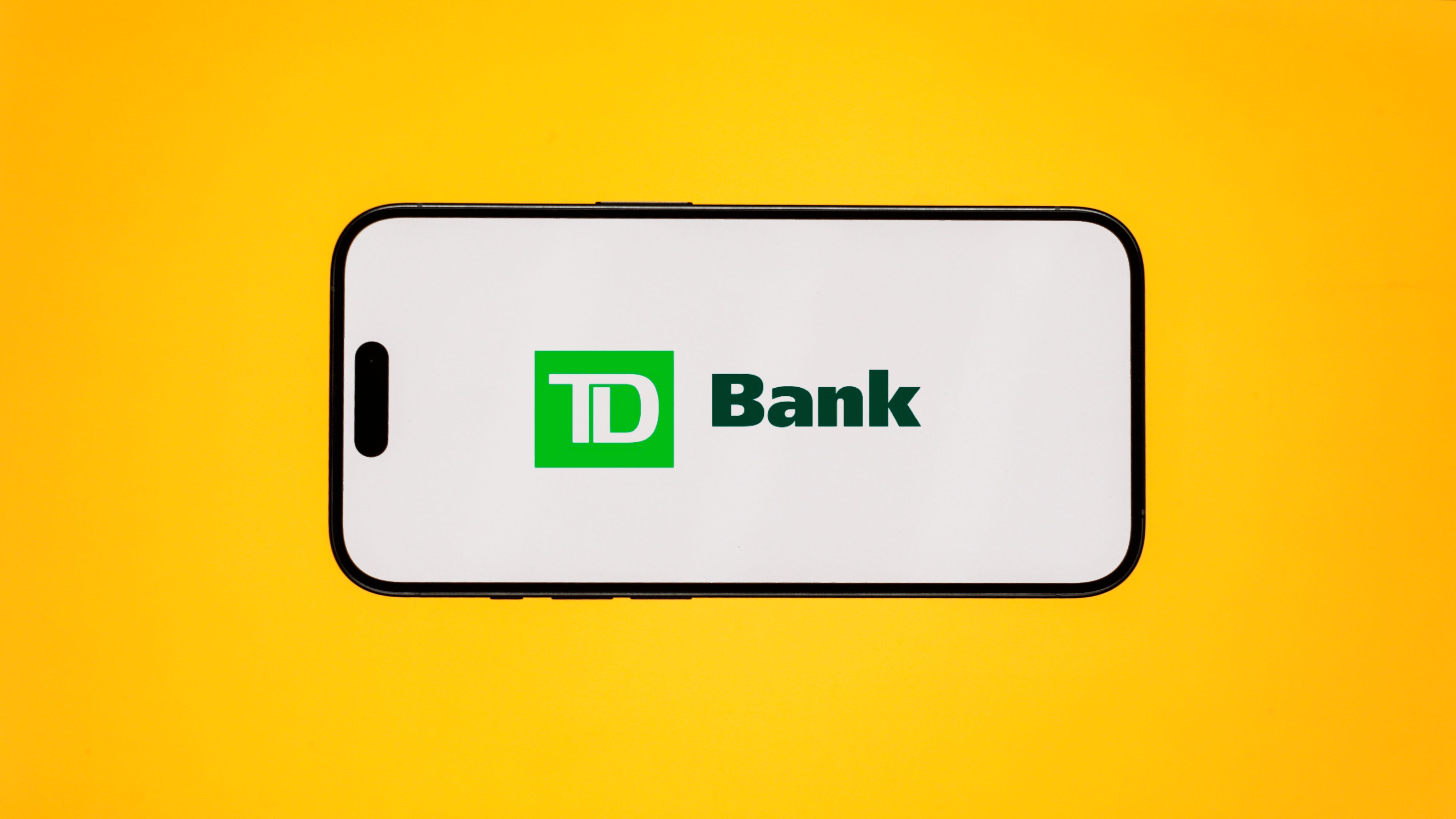
TD Bank
Good price transparency
TD Bank offers home equity loans and HELOCs in 15 states, with the option for interest-only and rate-lock HELOCs.
You can apply for a TD Bank home equity loan or HELOC online, by phone or by visiting a branch in person. The online application includes a calculator that will tell you the maximum amount you can borrow based on your personal information. You can also see a full breakdown of rates, fees and monthly payments by entering some basic information online. No credit check is required for this service.
- APR: From 8.59% (0.25% TD checking account discount included)
- Introductory APR: N/A
- Max LTV ratio: 89.99%
- Loan amount: From $25,000
- Terms: 10-year draw period, 20-year repayment period
- Fees: Closing costs for HELOCs exist only on loan amounts greater than $500,000, but you will have to pay a $99 origination fee at closing regardless of your loan amount. There is also an annual fee of $50 on HELOCs for lines over $50,000. You will be charged an early termination fee — 2% of the outstanding balance — if you close your HELOC within 24 months of opening.
- Perks: You will receive a 0.25% rate discount if you set up a TD personal checking account.
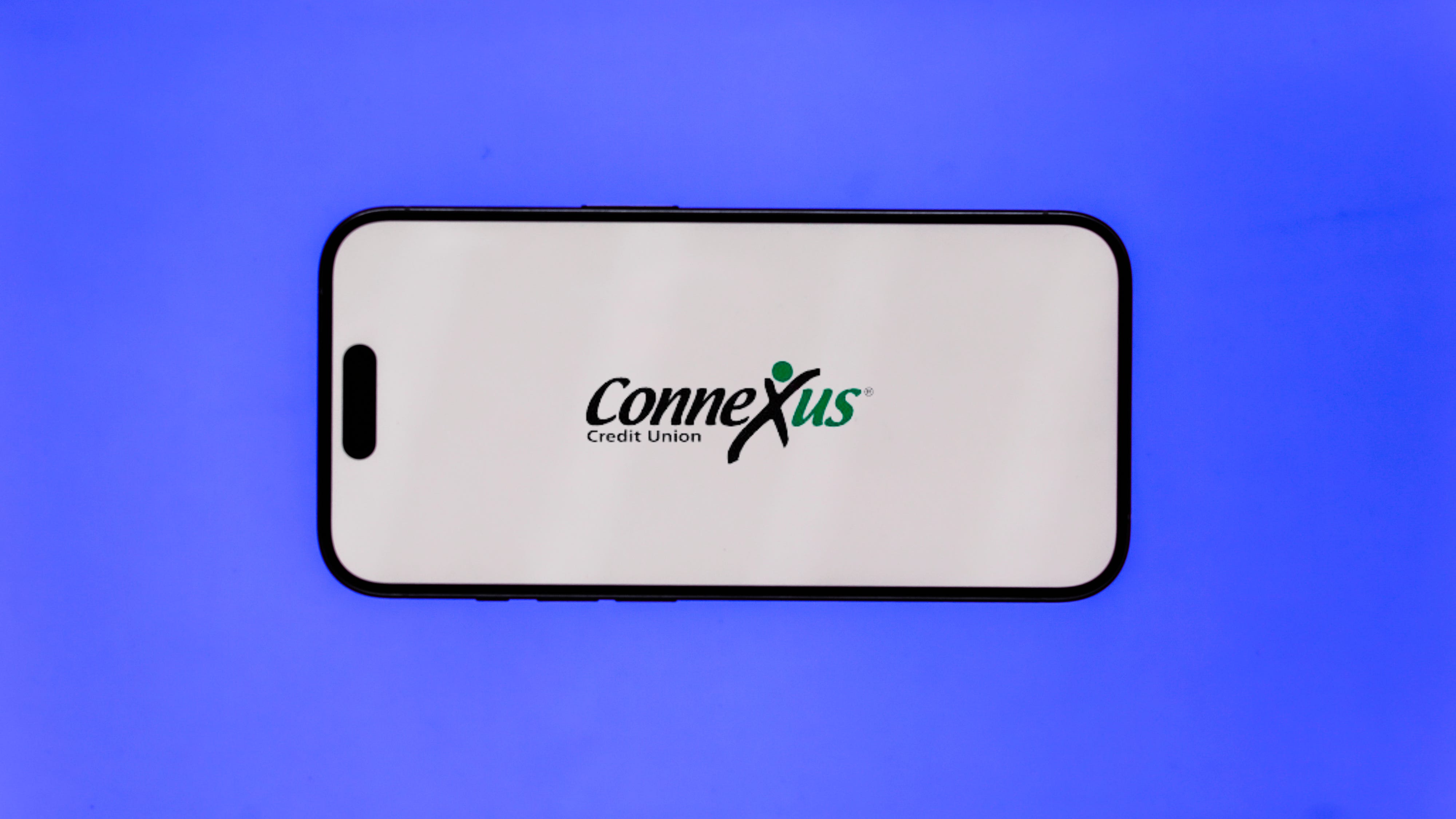
Connexus Credit Union
Flexible credit union eligibility
Connexus Credit Union offers home equity loans and HELOCs in 46 states (excluding Alaska, Hawaii, Maryland and Texas). This credit union also offers an interest-only HELOC.
Since Connexus is a credit union, its products are available only to its members. But membership eligibility is open to most people: You (or a family member) just need to be a member of a one of Connexus’ partner groups, reside in one of the communities or counties on Connexus’ list or become a member of the Connexus Association with a $5 donation to its nonprofit.
To apply for a home equity loan or HELOC with Connexus, you can fill out a three-step application online. You won’t be able to see a personalized rate without a credit check.
- APR: From 7.56%
- Introductory APR: N/A
- Max LTV ratio: Not specified
- Loan amount: $5,000 to $200,000
- Terms: 15-year draw period, 15-year repayment period
- Fees: You won’t have to pay an annual fee for a home equity loan or HELOC with Connexus, but closing costs can range from $175 to $2,000 depending on the loan terms and property location.
- Additional requirements: Must be a member of the credit union.
- Perks: Introductory rate for the first six months of your loan term.
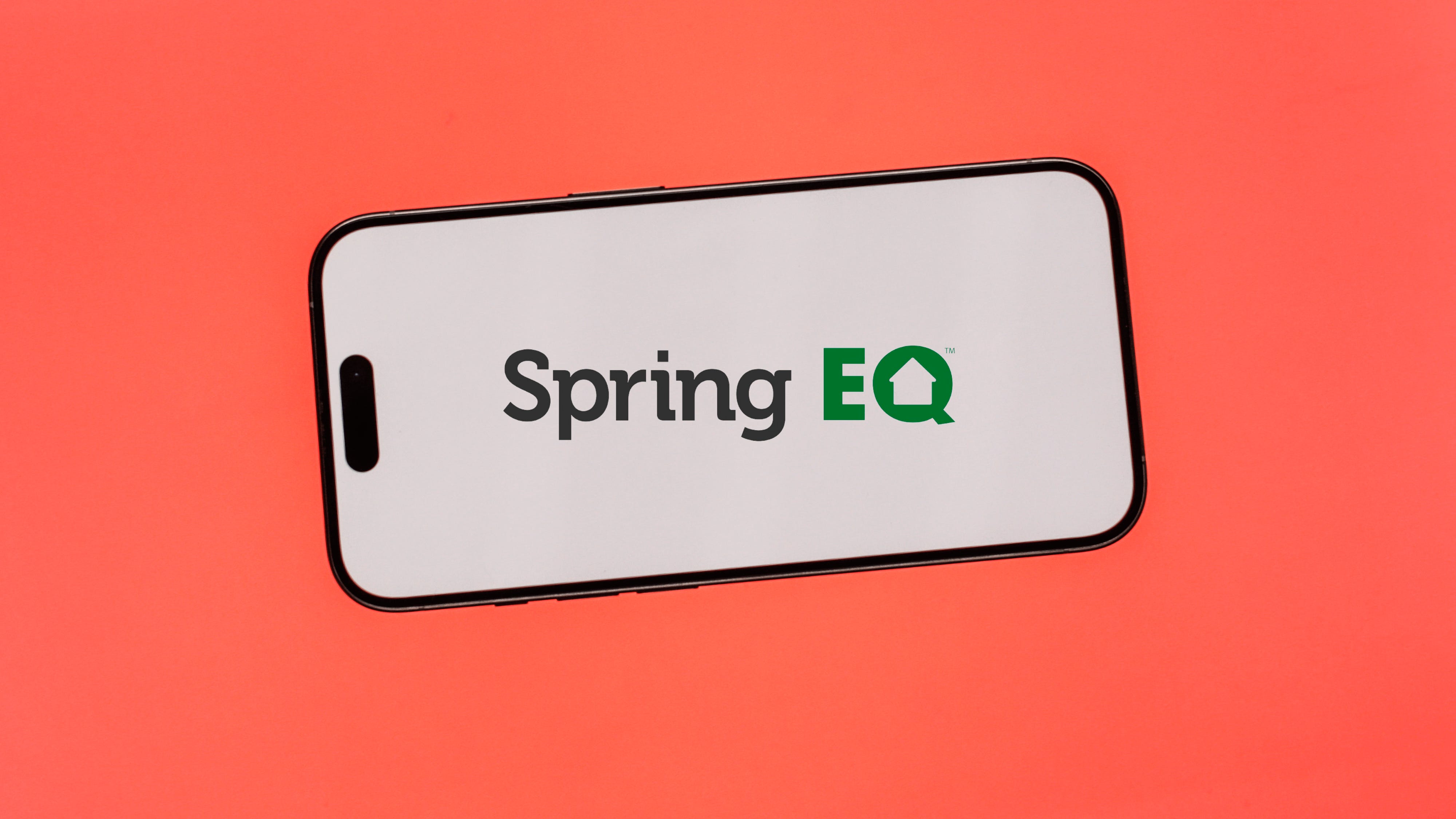
Spring EQ
Good online application user experience
Spring EQ operates in 38 states and offers home equity loans, HELOCs and interest-only HELOCs. While Spring EQ doesn’t display rates without an application, it does advertise a maximum LTV ratio of 90% for home equity loans. It doesn’t clarify whether the same maximum LTV ratio is applicable to HELOCs.
The loan application process is transparent and easy to understand. Customers can see an extensive breakdown of their loan options without needing to undergo a credit check or provide their Social Security number.
- APR: Fill out application for personalized rates
- Introductory APR: N/A
- Max LTV ratio: 90% for home equity loans, not specified for HELOCs
- Loan amount: $50,000 to $500,000
- Terms: 10-year draw period, 20-year repayment period
- Fees: Loans may be subject to an origination fee of $995 and an annual fee of $99 in some states.
- Additional requirements: Borrowers must have a minimum credit score of 680 and a debt-to-income ratio of 45% or less.
- Perks: Spring EQ offers a high maximum loan-to-value ratio.
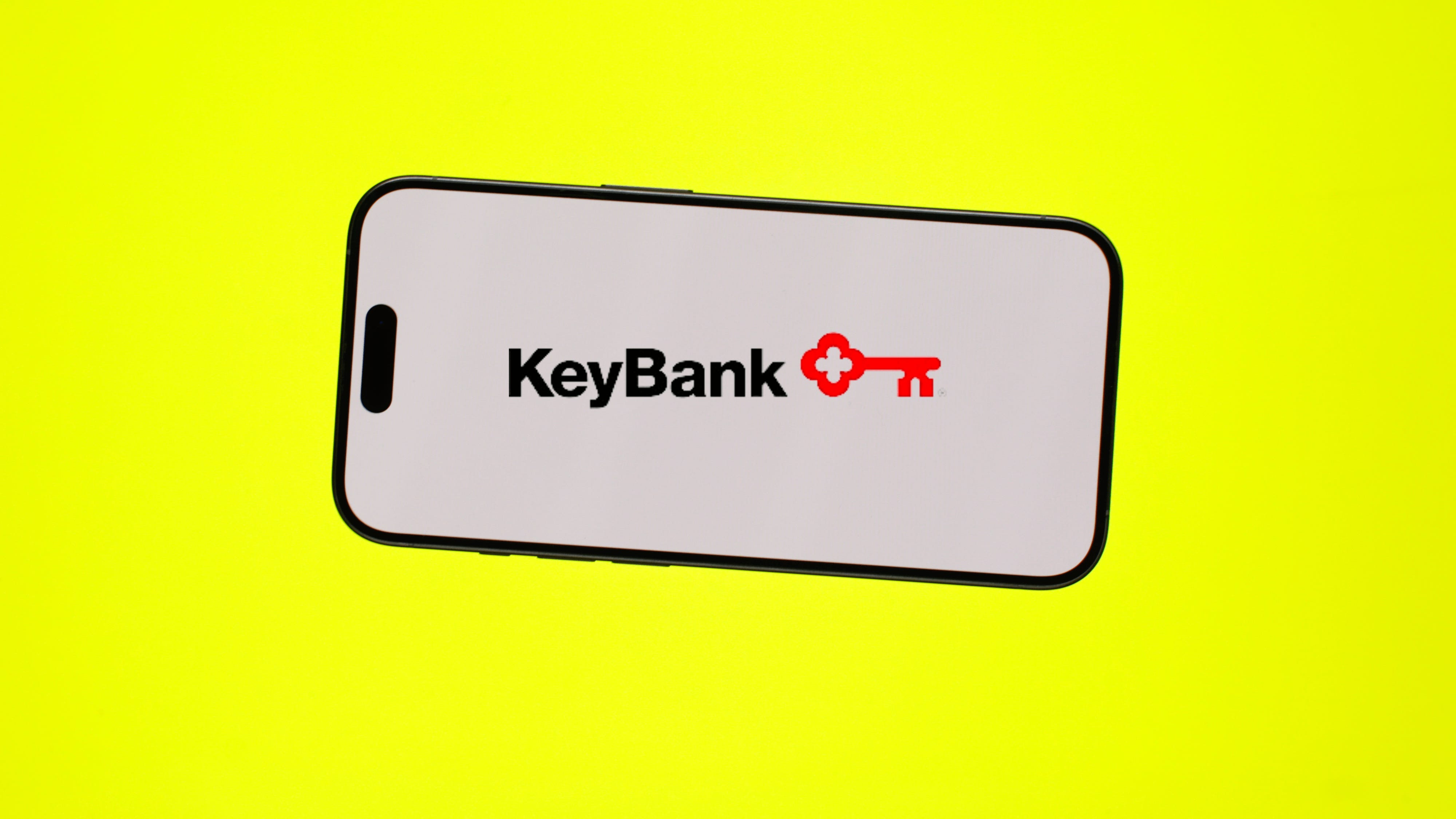
KeyBank
Wide range of product offerings
KeyBank offers home equity loans to customers in 15 states and HELOCs to customers in 44 states. Aside from a standard HELOC, KeyBank also offers interest-only and rate-lock options.
The KeyBank application allows you to apply for multiple products at one time. If you’re not sure whether KeyBank loans are available in your area, the application will tell you once you input your ZIP code. If you’re an existing KeyBank customer, you’ll have the option to skim through the application and import your personal information from your account.
- APR: From 11.25% (0.25% KeyBank client discount included)
- Introductory APR: N/A
- Max LTV ratio: 90%
- Loan amount: From $10,000
- Terms: 15-year draw period, 15-year repayment period
- Fees: KeyBank HELOCs come with an annual fee of $50, but no closing costs unless your closing is performed by a closing agent. In that case, a closing fee could be up to $400.
- Perks: 0.25% rate discount for clients who have eligible checking and savings accounts with KeyBank.
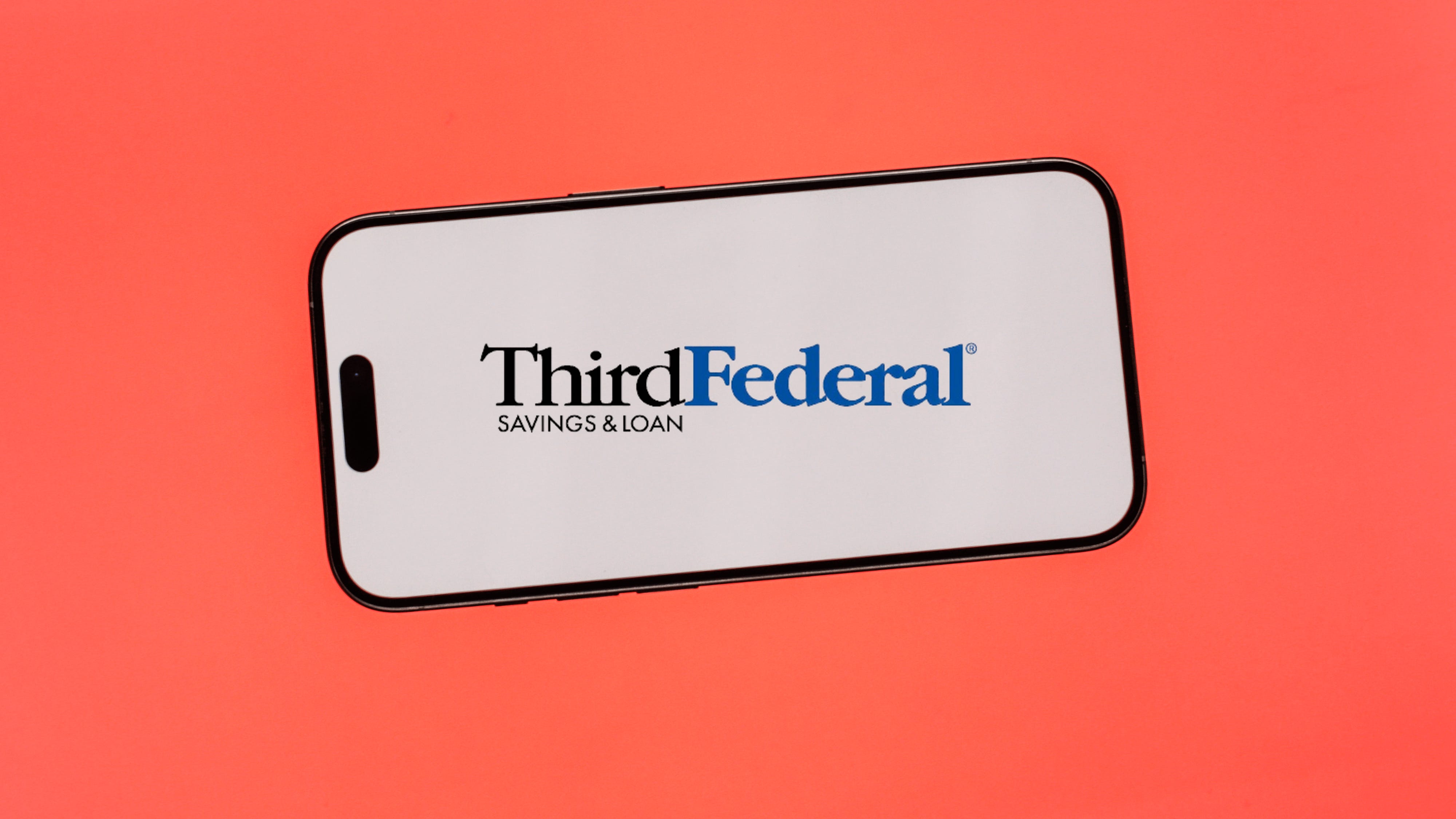
Third Federal Savings & Loan
Good for long repayment period
Third Federal Savings & Loan offers HELOCs in 26 states and home equity loans in eight states. If you find a different lender that offers a lower interest rate, Third Federal says it will match the rate or pay you $1,000 if it can’t.
You can apply for a home equity loan or HELOC on the Third Federal website. Both applications are included on the same page along with multiple rate and term options, allowing you to assess what will be best for you.
- APR: 7.99%
- Introductory APR: N/A
- Max LTV ratio: 80%
- Loan amount: $10,000 – $200,000
- Terms: 10-year draw period, 30-year repayment period
- Fees: Third Federal doesn’t require you to pay an origination fee or closing costs, and the annual $65 fee is waived your first year.
- Perks: If you find a different lender that offers a lower interest rate, Third Federal says it will match the rate or pay you $1,000 if it can’t.
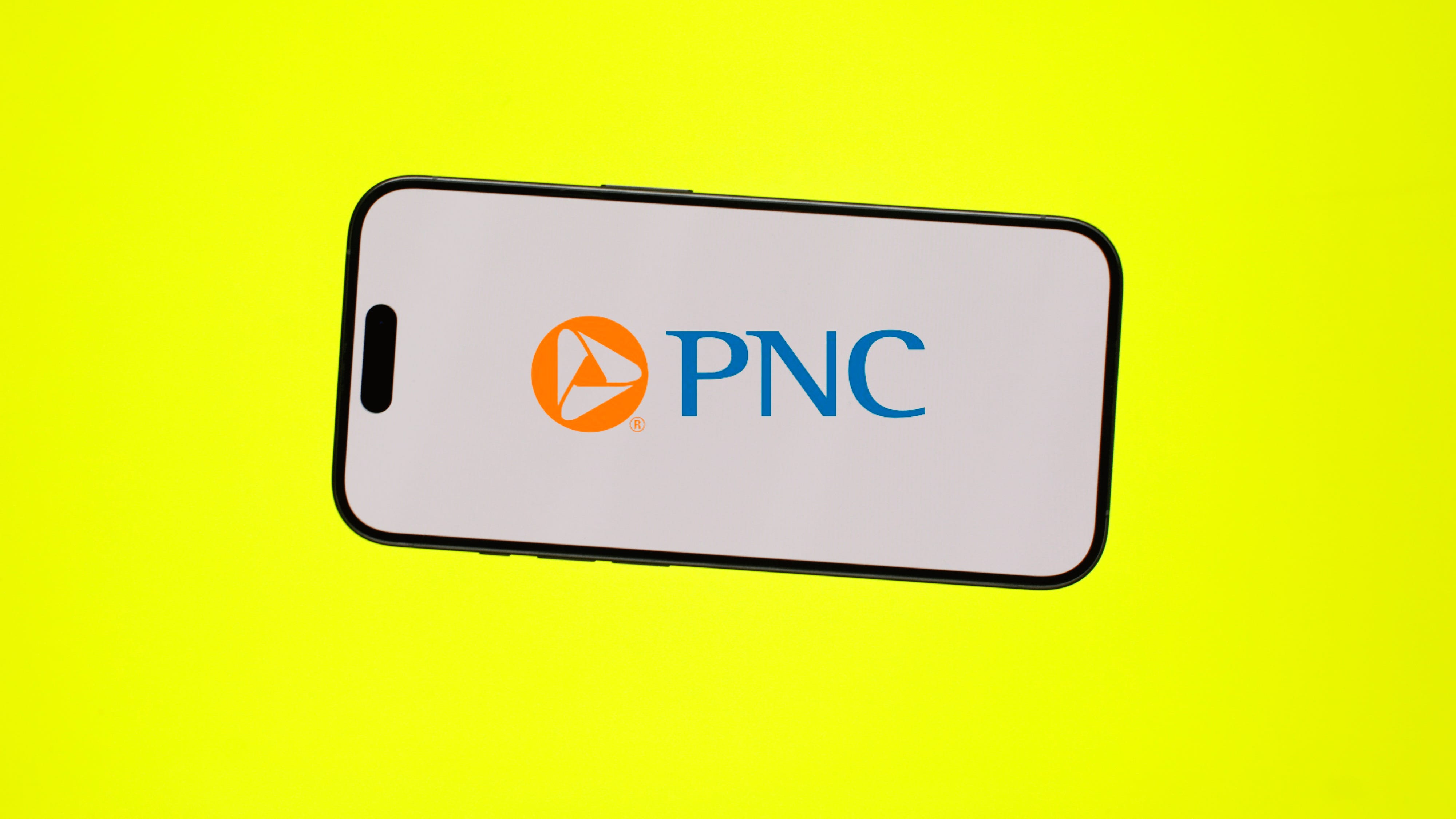
PNC Bank
Good option for fixed-rate HELOCs
PNC Bank operates in 44 states. While PNC doesn’t offer home equity loans, it does offer both variable-rate and fixed-rate HELOCs. PNC HELOCs are also good for their long repayment periods: 30 years. A long repayment period generally means lower monthly payments (but more interest paid in the long run). PNC also gives you the option to lock in a specific rate on all or a portion of your HELOC balance, but you must pay a $100 fee every time you do so.
PNC doesn’t show its rates online. You must fill out an application to see personalized rates, but the site is user-friendly. Customers can estimate their home equity with an easy-to-use calculator.
- APR: Fill out application for personalized rates
- Introductory APR: N/A
- Max LTV ratio: 89.9% for first liens, 85% for second liens
- Loan amount: $10,000 – $1 million
- Terms: 10-year draw period, 30-year repayment period
- Fees: $50 annual fee (except in Texas). $100 fee every time you convert your HELOC into a fixed-rate option.
- Perks: Borrowers can receive a 0.25% discount when they set up and maintain automatic payments from a qualifying PNC checking account.
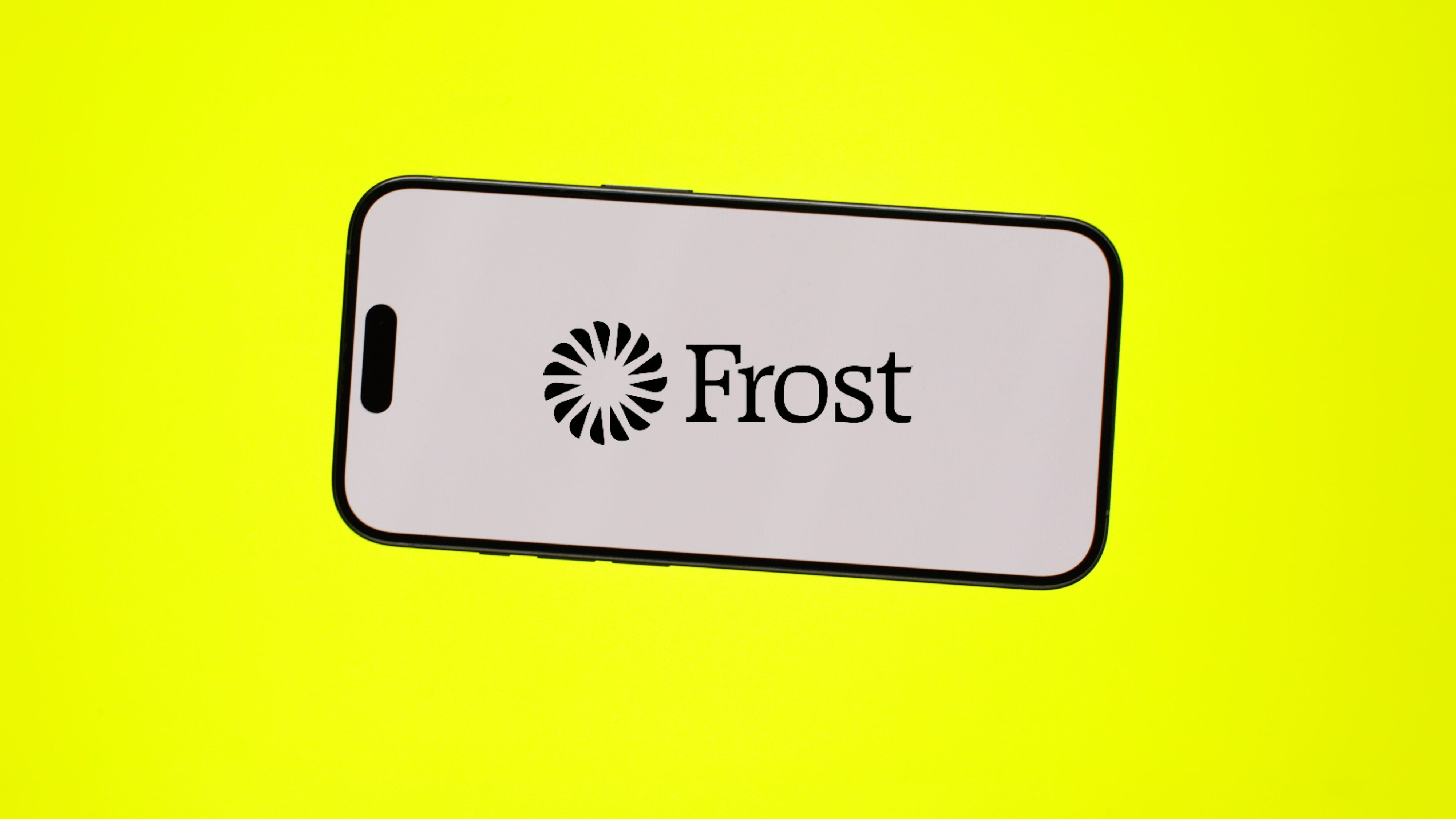
Frost Bank
Good option for Texas borrowers
Headquartered in San Antonio, Frost Bank’s products are available only to Texas residents. It offers home equity loans, HELOCs and interest-only HELOCs.
You can apply for a home equity loan or HELOC on the Frost Bank website, but first you’ll need to create an account. According to the bank, the application will take you only about 15 minutes. If you’re not located in Texas, you won’t be able to apply.
- APR: 9.15% to 18% (0.25% autopay discount included)
- Introductory APR: N/A
- Max LTV ratio: 80%
- Loan amount: Starting from $8,000
- Terms: 10-year draw period, 20-year repayment period
- Fees: None
- Additional requirements: Borrower must live in Texas.
- Perks: If you set up automatic payments from a Frost Bank checking or savings account, you’ll be eligible for a 0.25% rate discount.
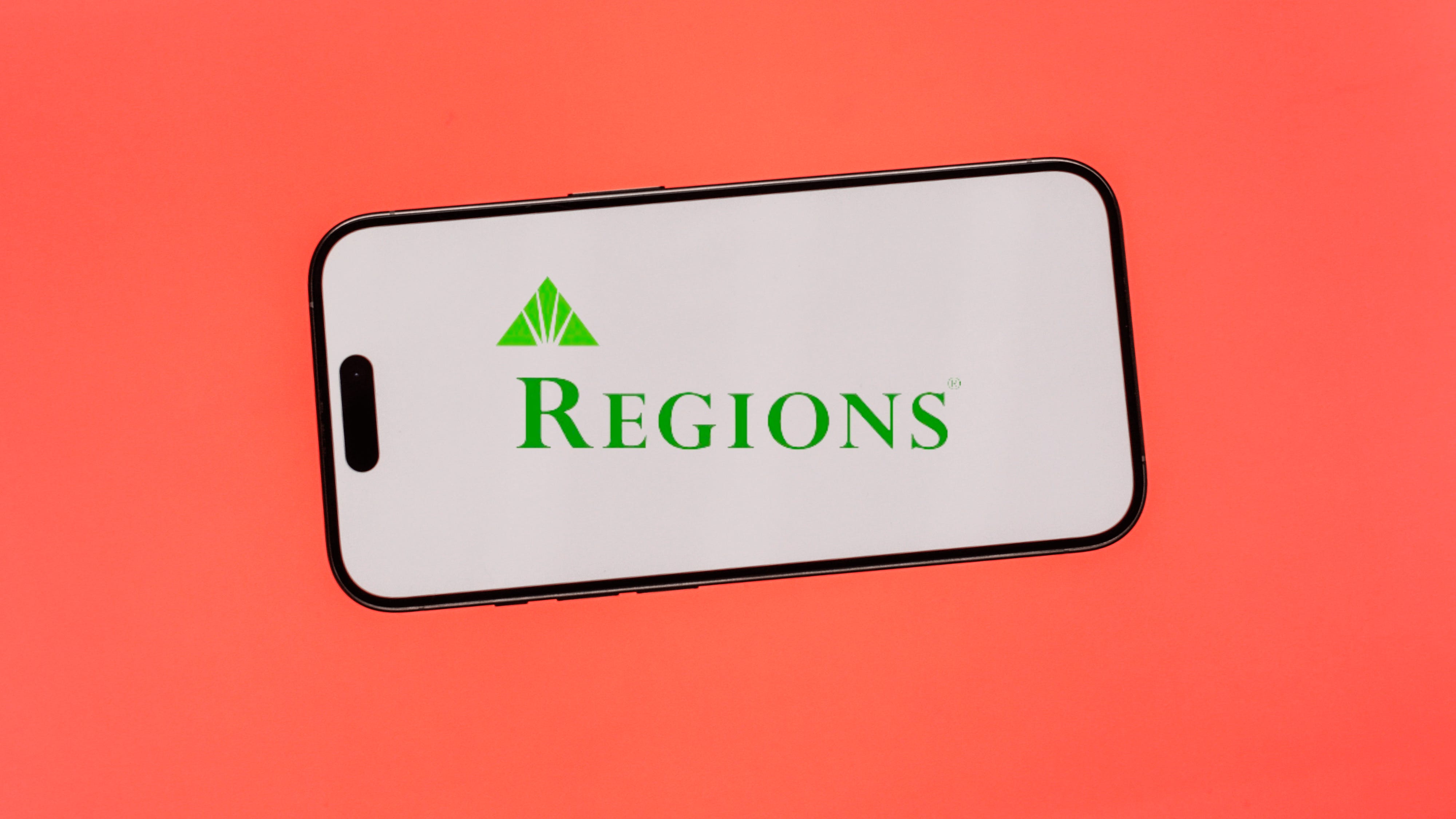
Regions Bank
Good for autopay discounts
Regions Bank serves customers across the South, Midwest and Texas. Regions offers home equity loans and HELOCs in 15 states. HELOC offerings include a rate-lock option for customers who want it.
You can apply for a Regions home equity loan or HELOC online, in person or over the phone. You have to create an account with Regions to apply, though you can use the bank’s rate calculator to estimate your rate and payment amount beforehand.
- APR: 9% to 15.875% (Regions client discount included)
- Introductory APR: 6.99% for six months
- Max LTV ratio: 95%
- Loan amount: $10,000 – $500,000
- Terms: 10-year draw period, 20-year repayment period
- Fees: Closing costs between $150 and $4,000. Regions will pay these costs if the HELOC amount is $250,000 or less.
- Perks: For HELOCs, Regions offers rate discounts between 0.25% and 0.5% to those who opt into automatic payments from a Regions checking account.
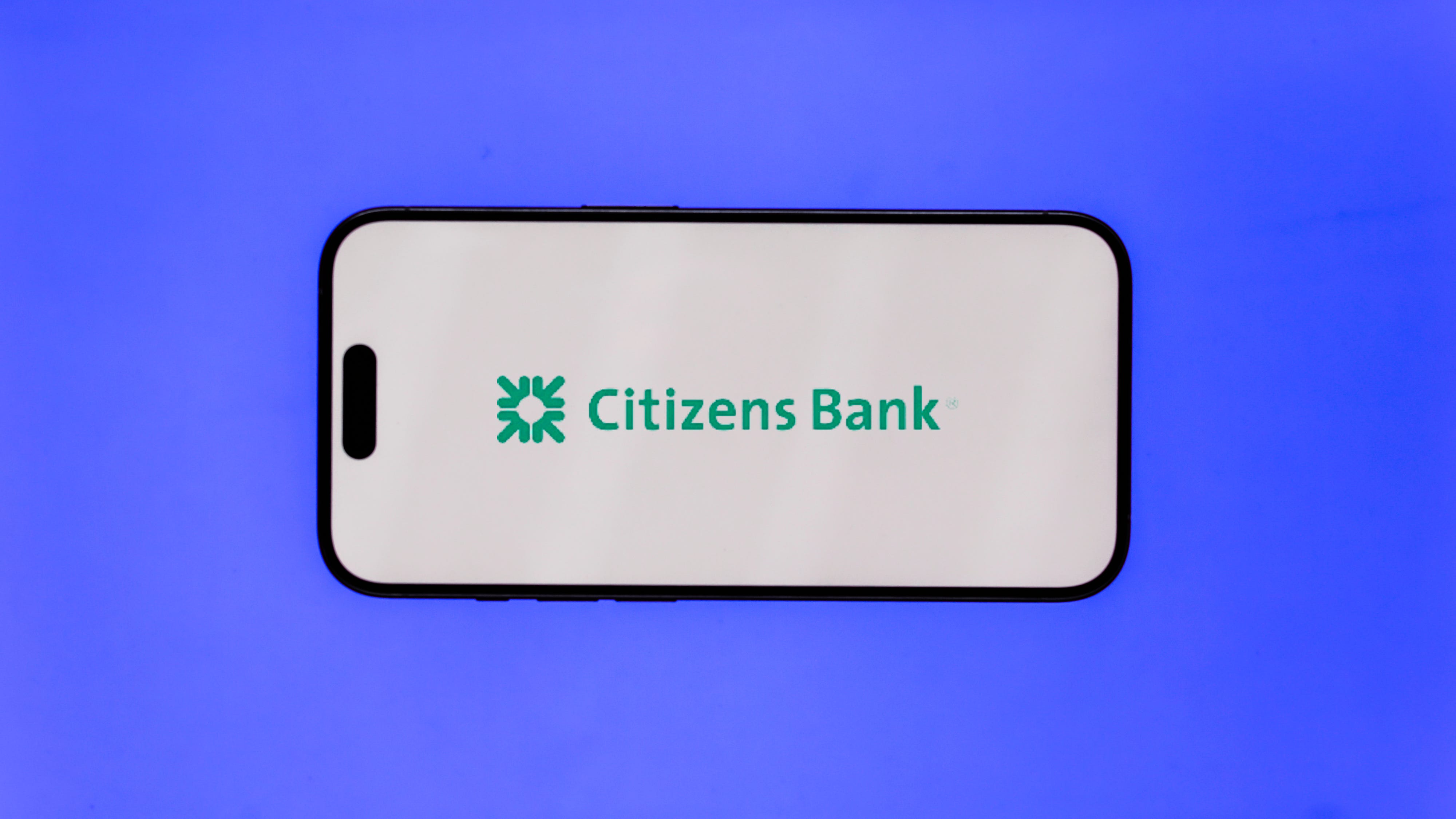
Citizens
Good option for low loan amounts
Citizens offers standard and interest-only HELOCs to borrowers in 19 states. The bank doesn’t offer home equity loans. Citizens’ minimum loan amount is $5,000, which may be a draw for customers who aren’t looking to borrow a large amount of money.
You can apply for a HELOC on the Citizens website, but you also have the option to speak to a loan specialist on the phone. You need to sign up with a phone number and email to access the application.
- APR: From 8.50% (0.25% autopay discount included)
- Introductory APR: N/A
- Max LTV ratio: 80%
- Loan amount: From $5,000
- Terms: 10-year draw period, 15-year repayment period
- Fees: Citizens won’t require any application fees or closing costs, but you will have to pay a $50 annual fee (waived the first year of your draw period).
- Perks: 0.25% rate discount for borrowers who enroll in autopay from a Citizens checking account. In states where Citizens doesn’t offer checking accounts, consumers can get the same discount with automatic payments set up from any checking account.
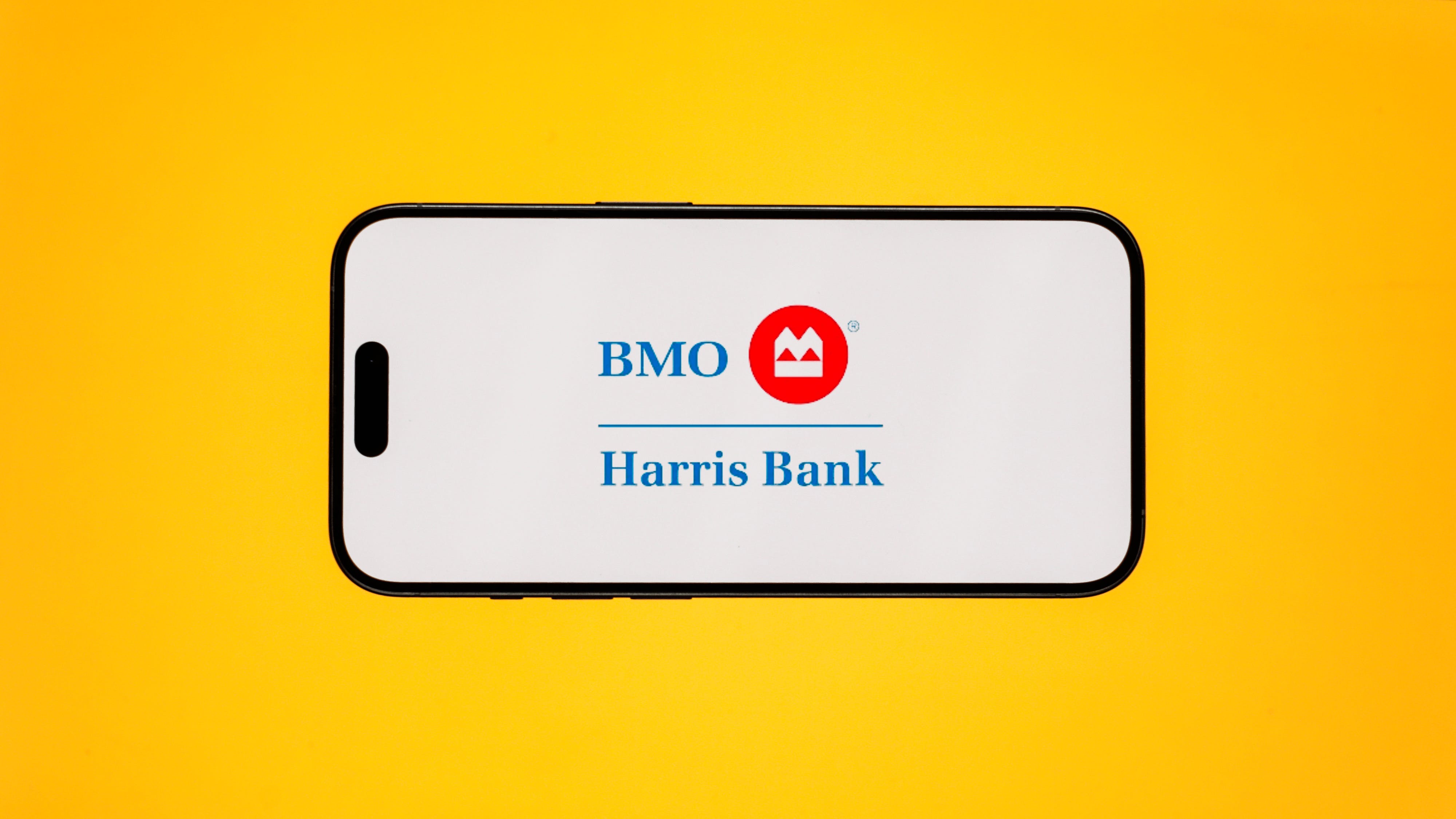
BMO Harris Bank
Good introductory APR
BMO Harris (a subsidiary of the Canadian financial services company Bank of Montreal) has products and services available in 48 states (all but New York and Texas). BMO Harris offers home equity loans and three variations of a HELOC.
You can apply for a home equity loan or HELOC online or in person. You can get personalized rates without a hard credit check, but you’ll have to speak with a representative on the phone.
- APR: From 8.85% (0.5% autopay discount included)
- Introductory APR: N/A
- Max LTV ratio: Not specified
- Loan amount: From $10,000
- Terms: 10-year draw period, 20-year repayment period
- Fees: There is no application fee for home equity loans or HELOCs with BMO Harris. In addition, BMO Harris will pay closing costs for loans secured by an owner-occupied one-to-four-family residence. Borrowers will have to pay a $75 annual fee.
- Additional requirements: The minimum credit score required is 650 to 680.
- Perks: If you set up autopay from a BMO Harris checking account, you’ll be eligible to receive a 0.5% rate discount.
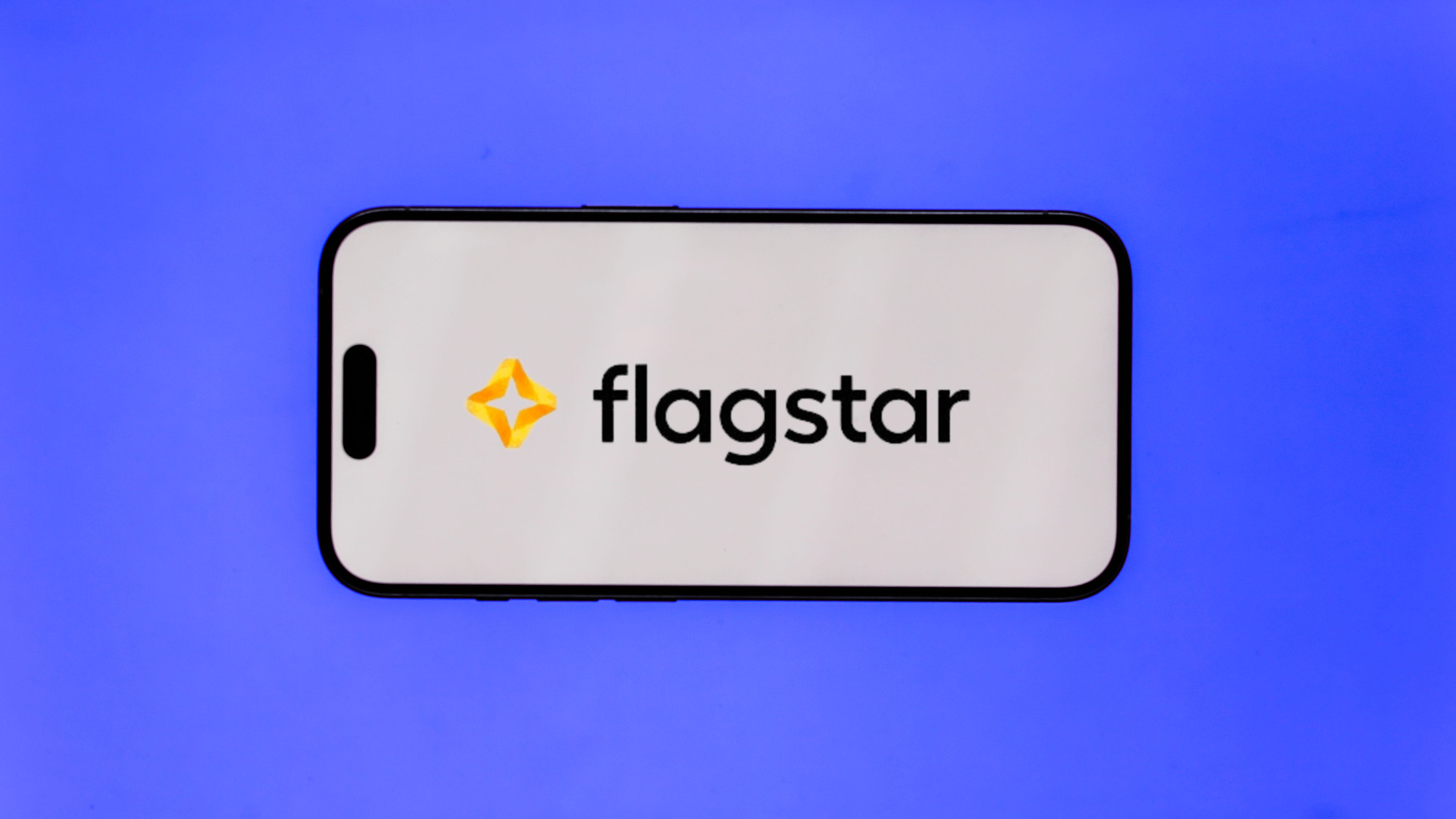
Flagstar Bank
Good customer support
Flagstar Bank offers home equity loans and HELOCs in 49 states (all but Texas) — but check your specific ZIP code for availability.
Flagstar doesn’t have a full online application, only a form where you can submit your information to be contacted by a representative. You can get a custom rate based on a soft credit check and some additional information. Flagstar’s tedious application process may be frustrating, but the lender does offer several customer support options, including 24-hour loan support over the phone.
- APR: 9.49% to 21% (0.25% autopay discount included)
- Introductory APR: N/A
- Max LTV ratio: 89.99% or lower
- Loan amount: $10,000 – $1 million
- Terms: 10-year draw period, 20-year repayment period
- Fees: HELOCs with Flagstar require an additional $75 fee, but it is waived the first year. To avoid closing fees, you’ll have to keep your HELOC open for at least 36 months.
- Perks: There is a 0.25% rate discount for borrowers who have monthly automatic payments set up from a Flagstar bank deposit account.
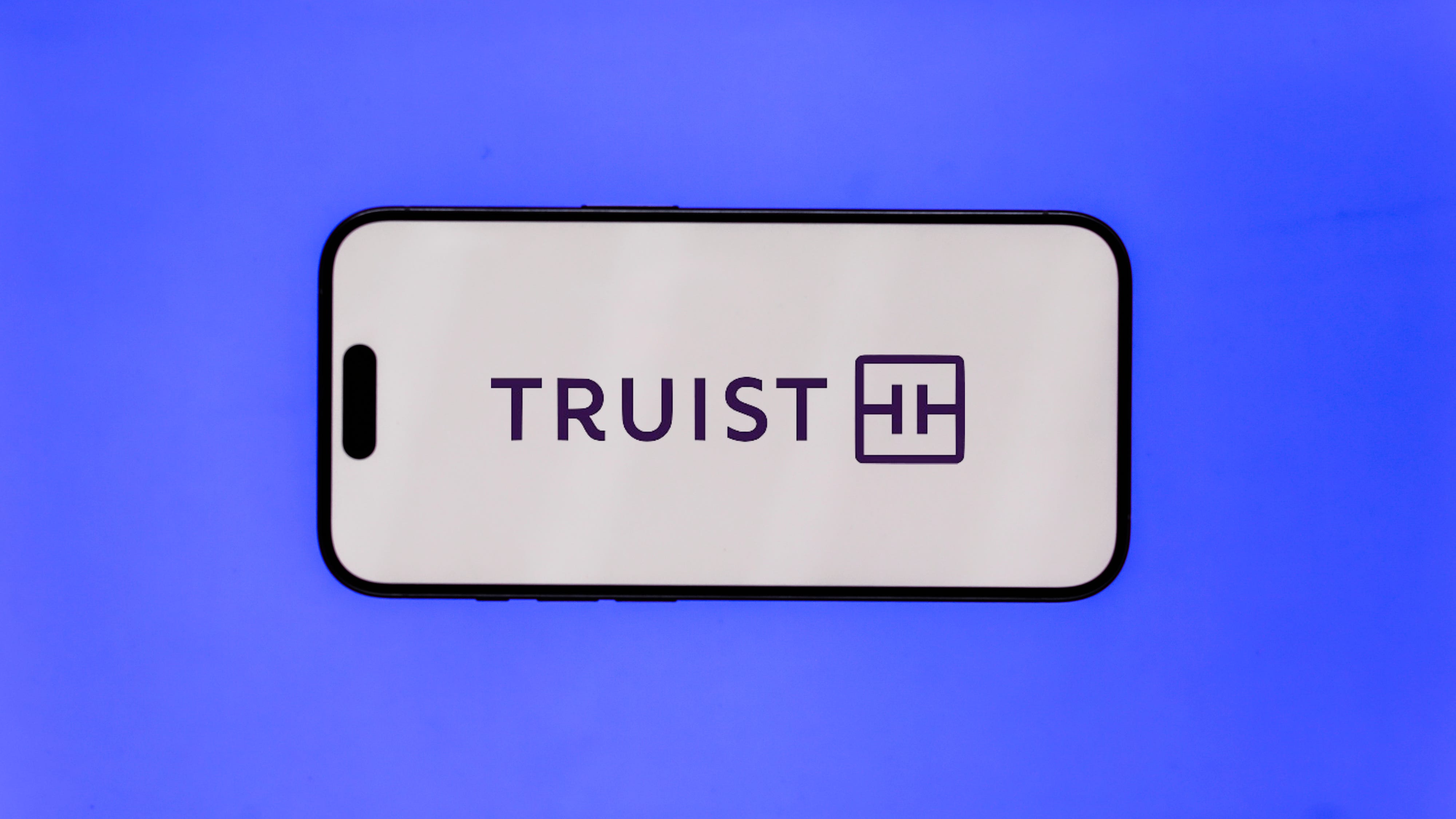
Truist
A good fast funding option
Truist offers standard, interest-only and rate-lock HELOCs to borrowers in 15 states, primarily in the Southeast. Truist doesn’t offer home equity loans.
You can apply for a HELOC on Truist’s website. You won’t be required to sign up for an account, but if you already have one with Truist, you’ll be able to auto-fill your application. Truist advertises that the turnaround time from application to closing averages 30 to 35 days, one of the fastest times among its peers (not including newer, nontraditional startup companies like Figure).
- APR: From 8.5% to 16%
- Introductory APR: 7.49% for nine months
- Max LTV ratio: 85%
- Loan amount: From $10,000
- Terms: 10-year draw period, 20-year repayment period
- Fees: When closing, the borrower will have the option to pay closing costs themselves or advance them (have Truist pay them). If you choose the latter, you won’t have to reimburse Truist for the closing costs if you keep your account open for at least three years. There is a $50 annual fee in some states.
- Perks: Truist says the average closing time is 30 to 35 days.
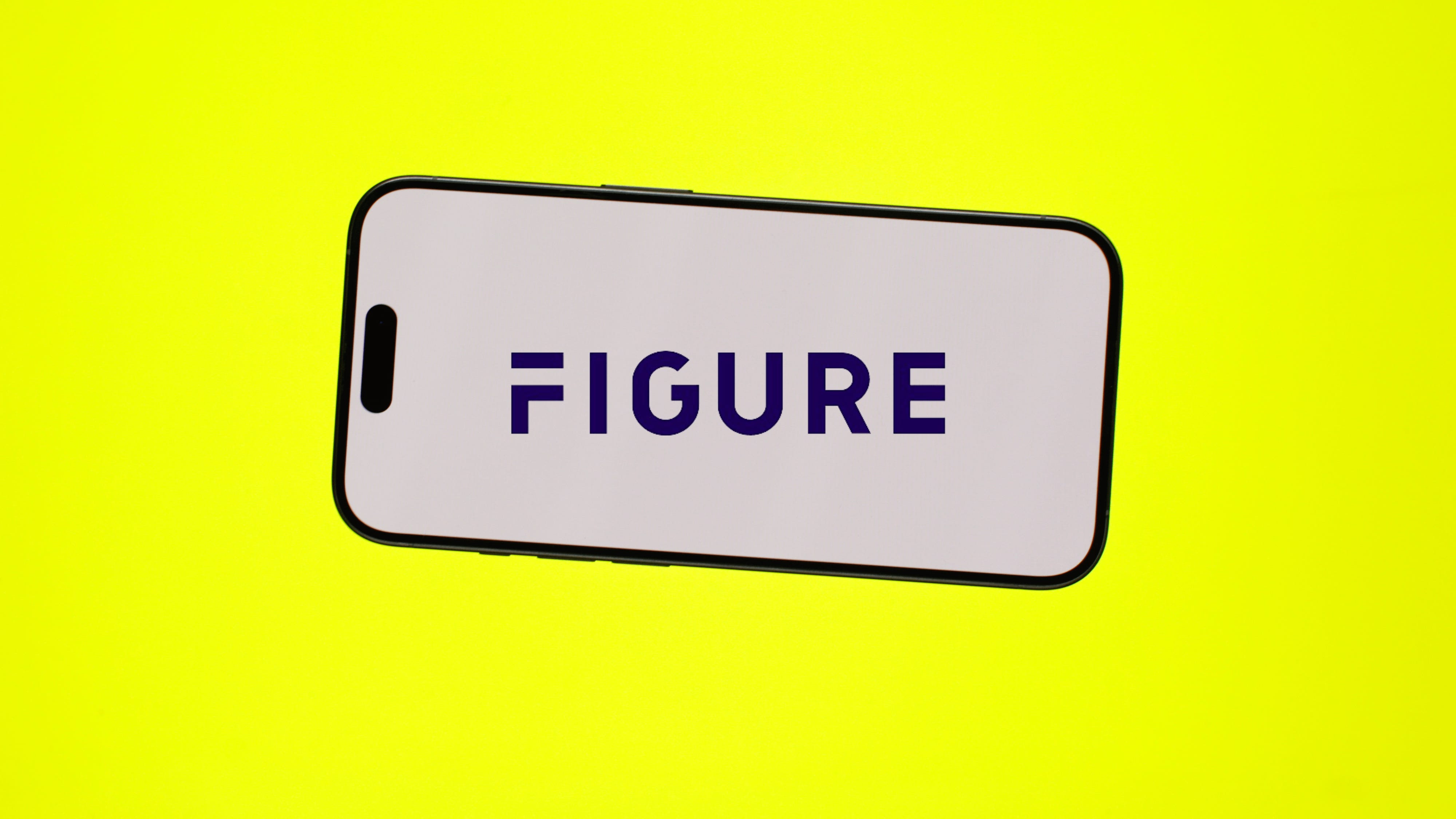
Figure
Lump-sum HELOC offering
Figure uses a unique combination of technology and banking to provide customers in 41 states with HELOCs. Though officially called a HELOC, Figure’s HELOC has characteristics of both a traditional HELOC and a home equity loan. Borrowers withdraw the full line amount (minus the origination fee) at the time of origination. Once you repay the initial balance at a fixed rate, you will be able to make additional draws over a specified period.
Figure says it will deliver funds in as little as five days. The application is entirely online and takes about five minutes to complete, according to Figure.
- APR: From 8.2%
- Introductory APR: N/A
- Max LTV ratio: 95%
- Loan amount: $15,000 – $400,000
- Terms: Five, 10, 15, or 30 years
- Fees: A HELOC with Figure has no closing costs, but the borrower will be responsible for an origination fee of up to 4.99% of the initial draw, depending on the state and the borrower’s credit profile. You may also have to pay a recording fee if your county requires it.
- Additional requirements: Minimum credit score of 640
- Perks: Borrowers may receive a rate discount of up to 0.75%; 0.5% for opting into a credit union membership and 0.25% for enrolling in autopay.
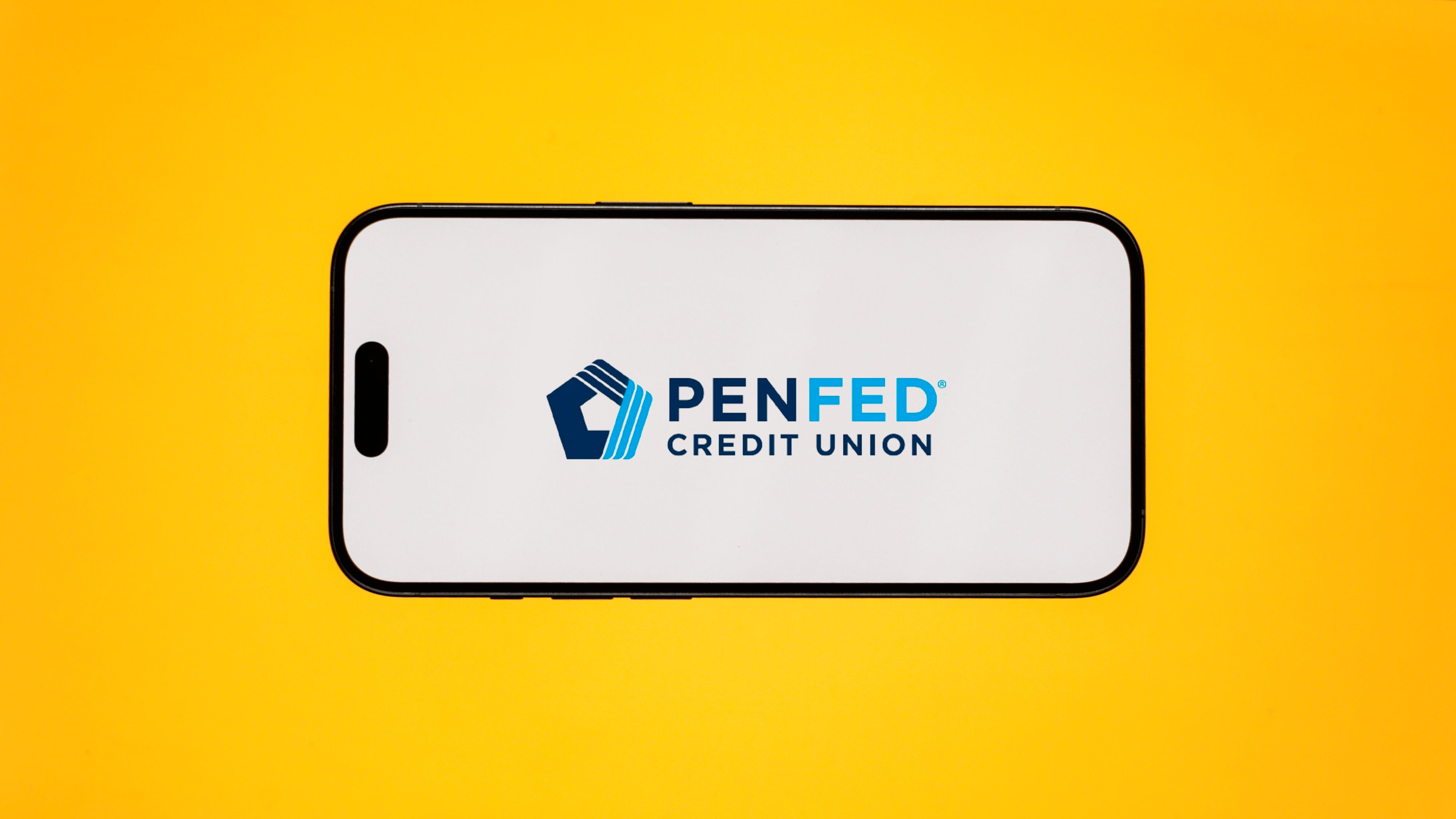
PenFed Credit Union
Good option for borrowers outside the continental US
The Pentagon Federal Credit Union (widely known as PenFed) offers HELOCs in all 50 states, as well as Guam, Puerto Rico and Okinawa, Japan. PenFed is a credit union so its products are available only to members, but you can easily become a member by opening a PenFed savings account and funding it with at least $5.
With PenFed, you can choose between a standard, interest-only or rate-lock HELOC. PenFed doesn’t offer home equity loans. To apply for a HELOC with PenFed, you’ll have to request a callback over the phone. This feature may be a major drawback for customers who prefer online services and applications.
- APR: Starting from 8.375%
- Introductory APR: N/A
- Max LTV ratio: 90%
- Loan amount: $25,000 – $1 million
- Terms: 10-year draw period, 20-year repayment period
- Fees: Annual fee of $99 unless you have $99 in interest during the preceding year. PenFed will pay most closing costs, but for credit lines greater than $500,000, the borrower will likely be responsible for closing costs.
- Additional requirements: Minimum credit score of 660 and maximum debt-to-income ratio of 50%.
- Perks: PenFed serves borrowers in all 50 states, as well as Guam, Puerto Rico and Okinawa, Japan. The credit union has flexible membership requirements.
HELOC Basics
A HELOC is considered a second mortgage. It’s a loan taken out against your home while your original mortgage is still being paid off.
A home equity line of credit, or HELOC, is a type of revolving credit similar to a credit card, but that’s secured by your home. You’ll be able to access funds from your HELOC as you need them, instead of taking out a set amount at the onset, like with a home equity loan. There’s usually a minimum withdrawal amount based on the total amount of your credit line.
HELOCs are commonly used for home improvements, such as adding solar panels, as well as debt consolidation and other large expenses. There are no restrictions on how you use the money from a HELOC.
HELOC, but there’s always a risk in taking on debt that’s tied to your home.HELOCs typically have variable-rate APRs, meaning your interest rate adjusts over time based on the benchmark US prime rate. The prime rate is the base rate on corporate loans posted by at least 70% of the 10 largest US banks, according to the Wall Street Journal.
Similar to a home equity loan, a HELOC lets you borrow against the percentage of your home that you’ve fully paid off. Since your home serves as collateral for the loan, it’s important to have a repayment plan in place so you don’t lose your property.
HELOCs are typically divided into two periods: a draw period and a repayment period. During the draw period (often 10 years), you can take funds from your HELOC up to the amount of your credit line. With interest-only HELOCs, you’re required to make monthly payments toward the accrued interest, not the principal, during the draw period.
Once the draw period is over, you can no longer withdraw money, and you’ll enter the repayment period, where you begin paying back both principal and interest. While terms may vary by lender, the draw period typically lasts five to 10 years, while the repayment period usually lasts 10 to 20 years.
Who qualifies for a HELOC?
To qualify for a HELOC you’re typically required to meet the following criteria:
- Have at least 15% to 20% equity built up in your home: Home equity is the amount of home you own, based on how much you’ve paid toward your mortgage. Subtract what you owe on your mortgage and other loans from the current appraised value of your house to figure out your home equity number.
- Have adequate, verifiable income and stable employment: Proof of income is a standard requirement to qualify for a HELOC. Check your lender’s website to see what forms and paperwork you will need to submit along with your application.
- Have a minimum credit score of 620: Lenders use your credit score to determine the likelihood that you’ll repay the loan on time. Having a strong credit score — at least 700 — will help you qualify for a lower interest rate and more amenable loan terms.
- Have a debt-to-income ratio of 43% or less: Divide your total monthly debts by your gross monthly income to get your DTI. Like your credit score, your DTI helps lenders determine your capacity to make consistent payments toward your loan. Some lenders prefer a DTI of 36% or less.
Pros and cons of a HELOC
Pros
HELOCs usually have lower interest rates than other financing options like personal loans or credit cards.
You can withdraw funds anytime during the draw period and only have to pay for the amount of money you use, plus interest.
HELOCs have very few restrictions on what the money can be used for.
Lenders often offer discounted rates for an introductory rate period.
Cons
Because HELOCs are secured by your house, you could lose your home if you default on your debt.
HELOCs can have a minimum withdrawal amount.
The interest rate is variable, so your rate and monthly payment could increase unexpectedly.
HELOCs could come with annual fees, application fees, appraisal fees and other closing costs, depending on the lender.
How to apply for a HELOC
Applying for a HELOC is similar to applying for a mortgage. Before you do so, make sure you qualify for the loan amount you need and that you meet basic requirements: at least 15% to 20% equity in your home, a good credit score and a low combined loan-to-value ratio (the ratio of all of your outstanding mortgage balances compared to the market value of your property).
1. Determine your LTV ratio
Your lender will calculate the amount of equity in your home to determine your loan-to-value ratio, which expresses how much you still owe on your home’s mortgage compared to its current appraised value. Generally, your LTV should be less than 80% and no higher than 90% to qualify. Having a high LTV tells a lender you may be a risky borrower.
Here‘s the basic formula:
- To calculate the equity in your home: Look up your outstanding mortgage balance and subtract it from your home’s appraised value. For example, if your home is currently worth $500,000 and you have $400,000 left to pay on your mortgage, then you have $100,000 of equity in your home.
- To determine your loan-to-value ratio: Divide your current mortgage balance by your home’s appraised value. If you owe $400,000 on a $500,000 home, the calculation would be:
$400,000 [outstanding mortgage balance] / $500,000 [current appraised value] = 0.80
Then multiply that answer by 100 to get your LTV ratio expressed as a percent. In this example, you have an 80% LTV ratio.
2. Determine your HELOC credit limit
Most lenders will let you borrow in the neighborhood of 75% to 90% of your home’s value, minus what you owe on your primary mortgage. To determine whether you’ll hit that threshold, you can use the below formula, which assumes a lender will allow you to borrow up to 85% of your home equity:
$500,000 [current appraised value] X 0.85 [maximum equity percentage you can borrow] – $400,000 [outstanding mortgage balance] = $25,000 [what the lender will let you borrow]
3. Reach out to lenders
It’s important to interview multiple lenders when you want to use your home equity for financing. The more banks and lenders you contact, the better your chances of finding more favorable rates and fees overall. You can start with the lender or bank that issued your first mortgage, since they’ve already approved you for one loan and you have an existing relationship. You might also compare rates from online lenders.
4. Send in your application
Once you’ve chosen a lender, gather all of your financial documentation to verify you can pay back the HELOC. You’ll need proof of income and employment, and in some cases, you may need to pay for a new home appraisal to assess the current market value of your property.
After all your financial paperwork is submitted, the final step is to close on the loan, which can take anywhere from 30 to 60 days depending on the lender.
Tips for comparing multiple HELOC offers
The offers you receive will vary from lender to lender, but the more you know about the specific ins and outs of those offers, the better your chances of saving money and interest. There are a few major factors to consider when deciding which HELOC offer to go with.
Introductory rate period
Since HELOCs have variable interest rates tied to the prime rate, your interest rate will go up and down over time. Be aware of what the prime rate is and know that you’ll be paying a markup on that interest rate.
In the beginning, most HELOCs come with a lower introductory rate period, but the length of those initial rates will differ by lender, and you want to find the longest one possible. The longer you have a lower interest rate, the more money you’ll save over time. There are also some lenders who allow you to fix your interest rate for a portion of the loan, which offers a more predictable payment.
Rate cap
Ask about your maximum HELOC interest rate cap. HELOCs have lifetime interest rate caps, so even if the prime rate rises and surpasses your rate cap, your HELOC rate won’t increase any further. If you have an existing HELOC, you can attempt to negotiate a lower rate with your lender.
“Ask your current HELOC lender if they will fix the interest rate on your outstanding balance,” said Greg McBride, chief financial analyst at Bankrate, CNET’s sister site. “Some lenders offer this, many do not. But it is worth asking the question.”
Minimum withdrawals
Some lenders require minimum withdrawals regardless of your total line of credit. You don’t want to get stuck making interest payments on funds you don’t actually need if that amount is less than the mandatory minimum withdrawal amount set by your lender. It’s also important to know when your draw period ends so you can afford the larger principal-plus-interest payments once you enter your repayment period.
Alternatives to a HELOC
- Home equity loans are another type of home equity financing. With a home equity loan, you take out a one-time loan with a set amount, loan term and interest rate, then pay it back in monthly installments. A home equity loan works like a personal loan except it is secured by your home, just like a HELOC.
- Cash-out refinances are also a common way to tap into your home equity for cash, but they work differently than a HELOC or home equity loan. While a HELOC or home equity loan acts as a second mortgage on your home, a cash-out refinance replaces your current mortgage with a new one. With a cash-out refi, you’ll take out a mortgage with a larger loan amount than your current one, use it to pay off your existing mortgage and pocket the difference as cash.
- Personal loans are a good option if you want to avoid putting your home up as collateral. However, personal loans tend to have higher interest rates than HELOCs and home equity loans.
Methodology
We evaluated a range of lenders based on factors such as interest rates, APRs and fees, how long the draw and repayment periods are, and what types and variety of loans are offered. We also took into account factors that impact the user experience such as how easy it is to apply for a loan online and whether physical lender locations exist.
Recommended Articles
FAQs
A good HELOC rate is considered anything at or below the national average. As of August, average HELOC interest rates are in the mid 9% range.
Some lenders advertise even lower interest rates, but those rates are typically available only to borrowers with excellent credit and an LTV ratio below 80% (often close to 60% or 70%). Getting a better rate could depend on your financial situation, including your credit score, income level, debt-to-income ratio and how much equity you have in your house.
HELOCs can be useful for large expenses, like home renovations, medical emergencies or college tuition. They’re particularly good for ongoing expenses because you’ll only need to pay back what you spend during the draw period.
A HELOC can be a good option if you have big expenses coming up that you need cash to cover. If you’re unsure how much money you’ll need and don’t need all the funds upfront, a HELOC gives you plenty of flexibility. An added advantage is that current HELOC rates are comparatively lower than other types of financing, like personal loans or credit cards. But if you’re unsure you’ll be able to comfortably repay the loan, a HELOC isn’t worth the risk of losing your home.
While HELOCs are variable-rate revolving lines of credit, home equity loans are fixed-rate installment loans. With a home equity loan, you get a sum of money when you take out the loan and pay it back (with interest) in fixed monthly payments.
With a HELOC, you can draw from a line of credit as much as you want, whenever you want during the draw period and pay it back with interest during the repayment period. Your monthly payment will depend on how much you draw and the current interest rate on your HELOC.
The interest rates you’ll get for either loan are determined by your credit score, home equity, where you live, your property’s value and other factors.




